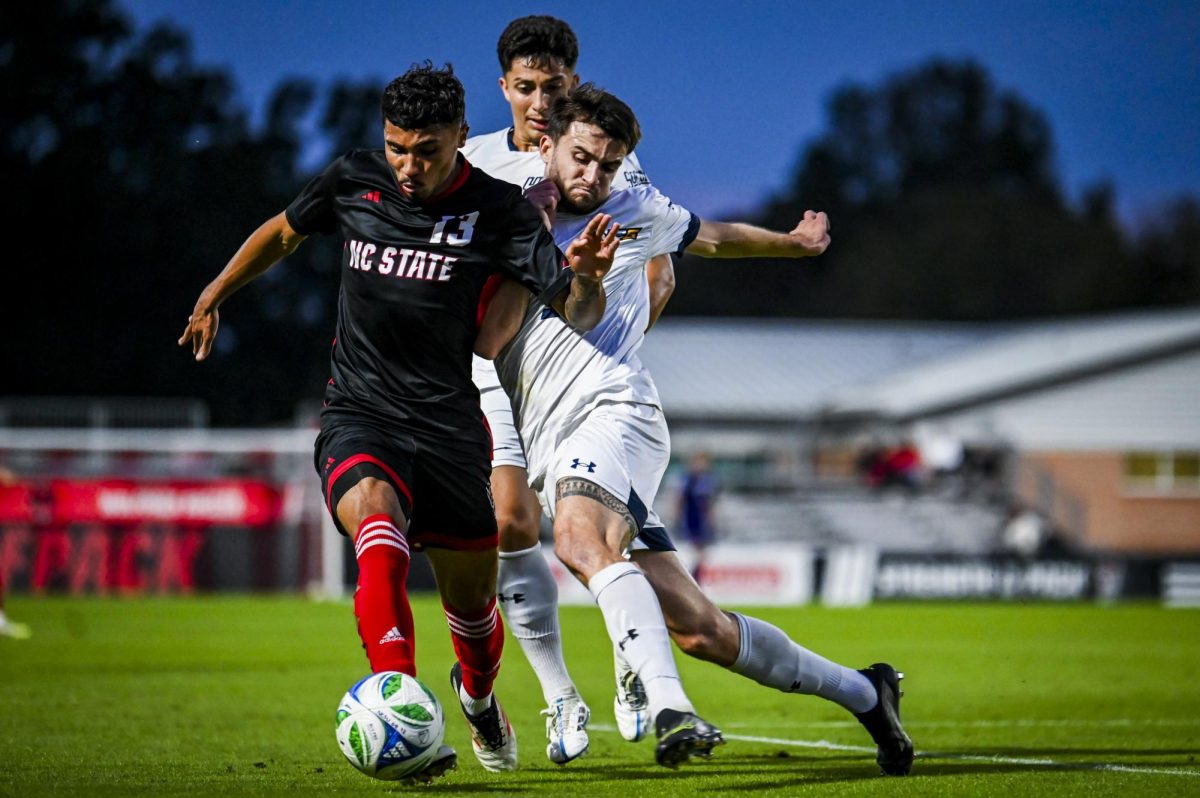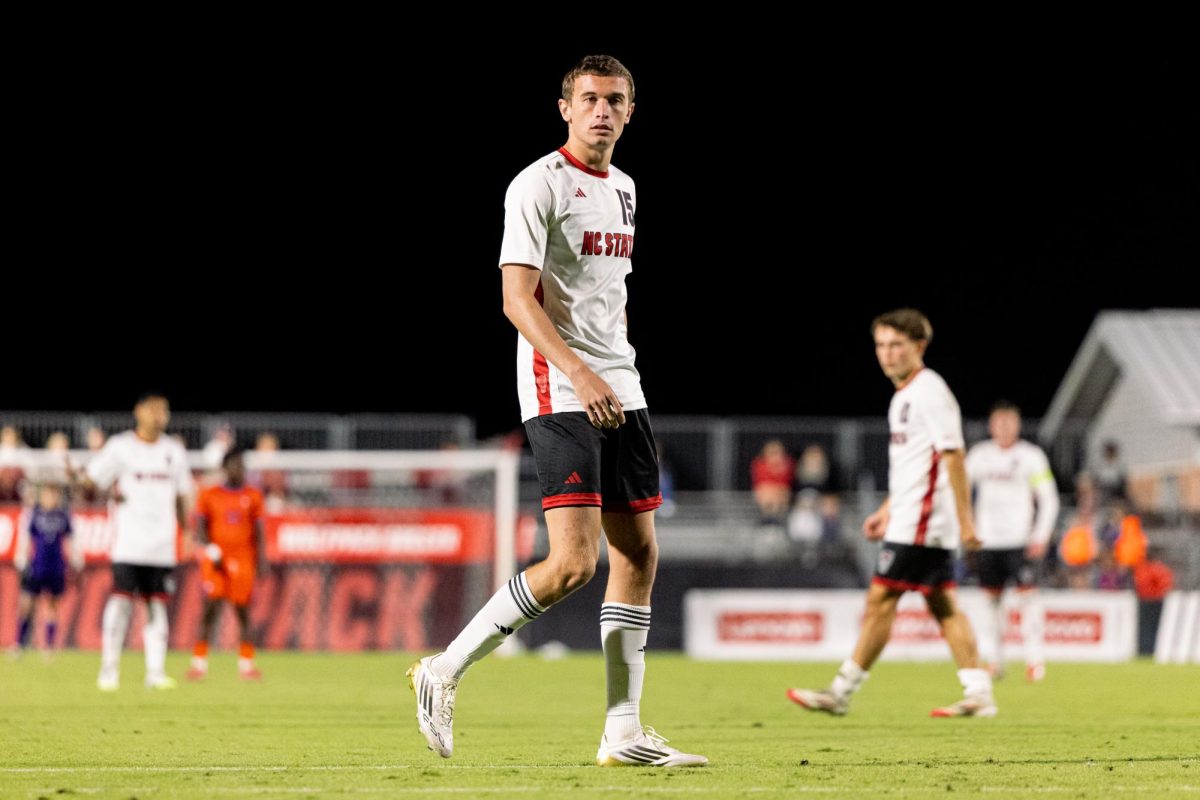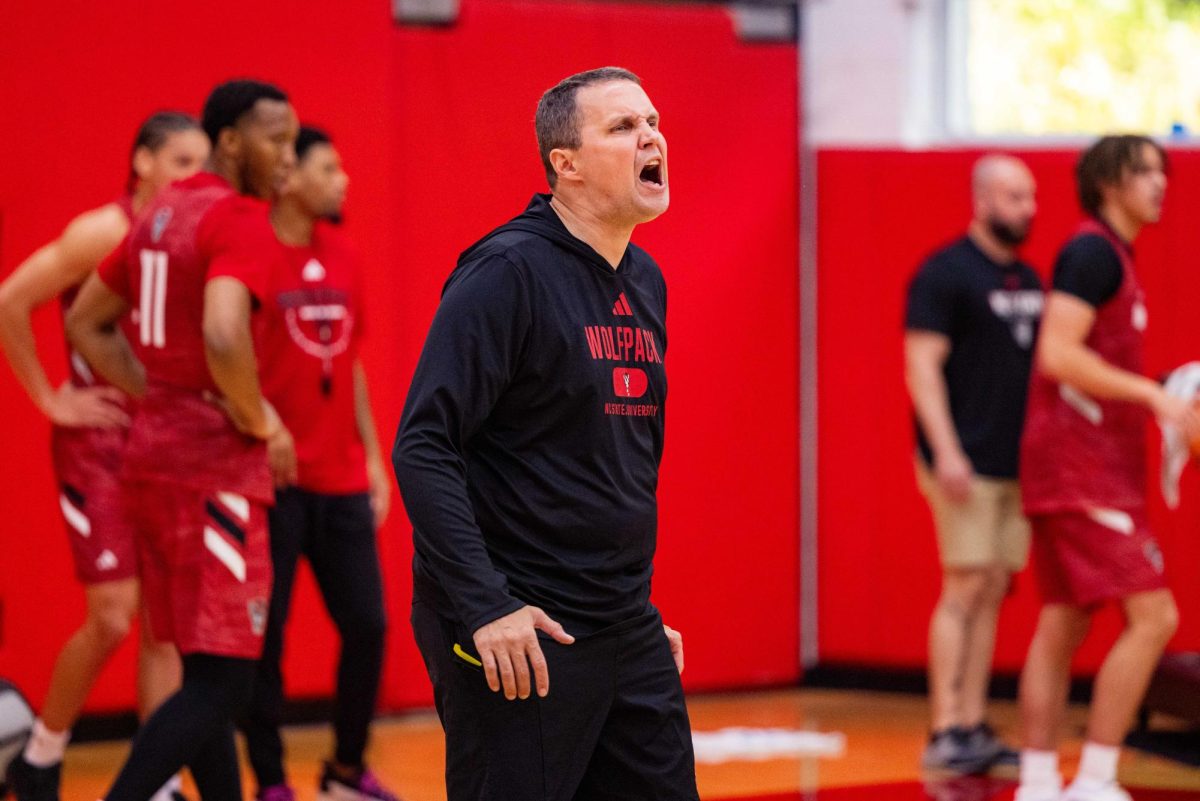Although the NCAA men’s Division I soccer regular season is winding down, a coalition’s proposal to extend and restructure the season for a full year is drawing significant support.
According to The Washington Post, in July, Division I coaches, MLS officials, NCAA leaders and members of the U.S. Soccer Federation proposed breaking the current two-to-three month fall regular season into a 25-game, full-year season with a winter break.
Conference tournaments would occur in May while the NCAA College Cup would be scheduled for early June.
While a formal vote must occur before the new schedule can be adopted, it has drawn widespread support from coaches, former players and fans of the collegiate game, as well as the USSF, in charge of promoting and developing the game within the United States.
From my perspective, it’s absolutely the right time to institute these changes, and when analyzing the NC State men’s soccer team’s season in context, the supporting evidence is mountainous.
By Saturday, the Wolfpack will have crammed 17 matches into the span of a little more than two months. Excluding tonight’s clash with Liberty and Friday’s trip to Clemson, five of those games have gone into overtime, with four of them lasting the full 110 minutes.
Professional soccer is nearly a year-round game, but student-athletes are expected to compress similar physical demands into a fraction of the time while handling a full class schedule to fit the NCAA’s season. This means two, sometimes even three, games per week.
This condensed schedule is massively detrimental to student-athletes. Where collegiate-sports’ seasons for football and basketball roughly mirror professional-length seasons, soccer does not.
Moreover, repetitive stress-induced injuries have massive ramifications on players. A simple three-week sprain means a player can miss six or more matches—more than one-third of the season.
Two NC State starters, freshman forward Ade Taiwo and senior center back Clement Simonin, have seen their seasons ended by injuries, while other team members suffered short-term injuries that killed off runs of form.
Upon becoming healthy, these players struggled to regain the level of play prior to injury, thus ending chances of heavily contributing to the team’s 2014 season.
Redshirt seniors Ryan Metts and Nick Surkamp, who started early in the season, both found themselves out of favor, unable to break back into the team because the side cannot afford to slowly reintegrate players.
In a year-round schedule, the effects of injuries are lessened. It’s likely these vital starters would, even if suffering injury, return for the spring and could be counted on for the busy end of the season.
The physical effect of the condensed season is twofold: first, it contributes to overuse injuries like sprains, strains and contusions, which make up more than 70 percent of men’s soccer injuries according to data compiled in May 2012 by Dr. David Geier, an orthopaedic surgeon and sports medicine specialist. Secondly, the season doesn’t allow for proper recovery time from these injuries.
A stretched out season beginning in September, a mid-season break from December to February and the second half of the season taking place in the warm spring months leading into conference and national tournaments would allow for a normalized development schedule and aid in the transition from collegiate to professional.
Additionally, the NCAA could end the unlimited substitution rule necessary to keep players from completely burning out in the shortened season, allowing for a more professionalized model that would better prepare players for a higher level of play that’s more deliberate and skill-based.
If the health and well-being of student-athletes, as well as the benefits for U.S. soccer as a whole, are truly of highest importance, the NCAA must get in line with the rest of the world.






